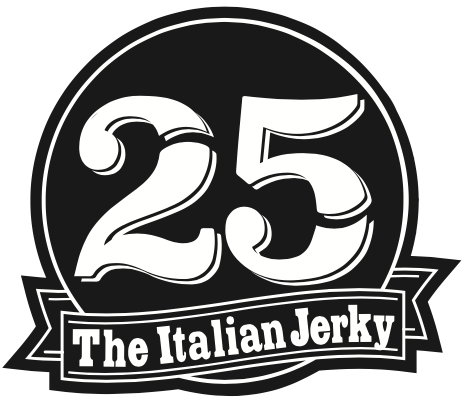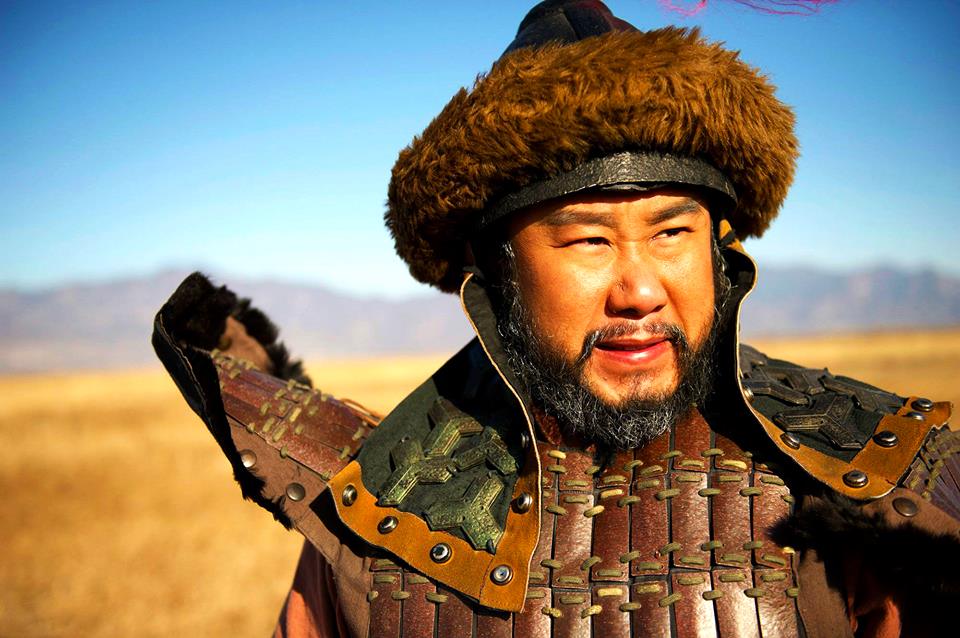Gengis Kahn, the great Mongolian warrior and dried meat: what is the link?
Genghis Kahn, the great Mongolian warrior and dried meat: what is the link? The Mongols traditionally were and are a nomadic people. Since children trained to live on horseback, sleep and eat in the saddle over very long distances, the Mongols had developed a technique for preserving meat.
After cutting the meat into thin strips, they placed them between the horse’s back and the saddle; the heat and saline sweat of the animal and the incessant jolting shortened, dried the meat and preserved it. The dried meat thus produced could be consumed directly in the saddle, it did not require fire, and therefore wood in a barren area; moreover, the absence of fire made the camp invisible to enemies.
The dry climate of Mongolia helps both the preparation and the preservation of what, in Mongolian, is called “borts” (борц) and means “dried meat“. This method of preservation considerably decreases the volume of the meat; once dried they could be ground to produce a fibrous powder traditionally stored in linen bags that allows contact with the air.
It is said that through this process the meat of an entire cow could be stored in the dried bladder of a cow. A pinch of borts powder could feed many people in the form of soup. Traditional meats are beef, goat, horse or yak.

